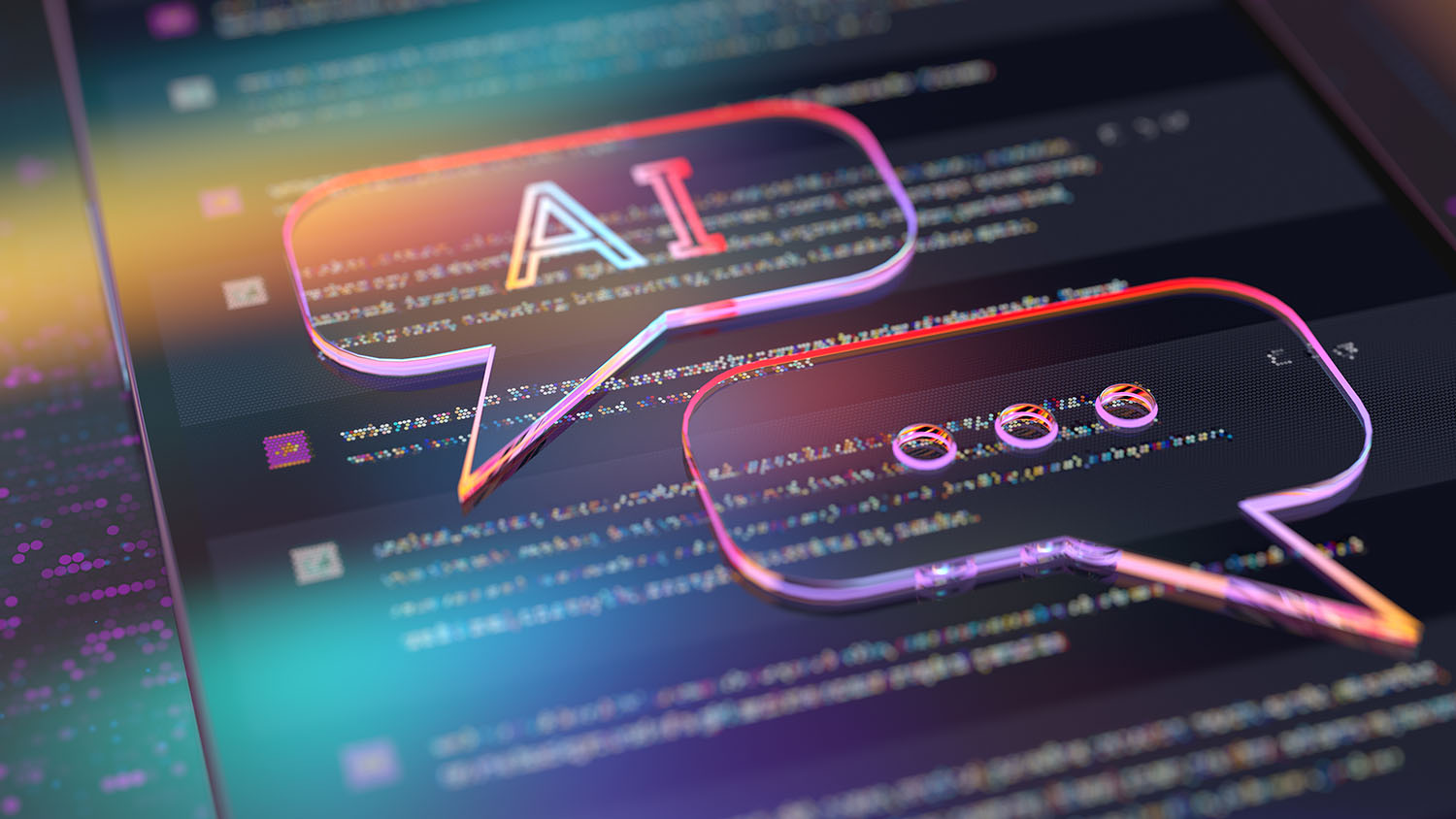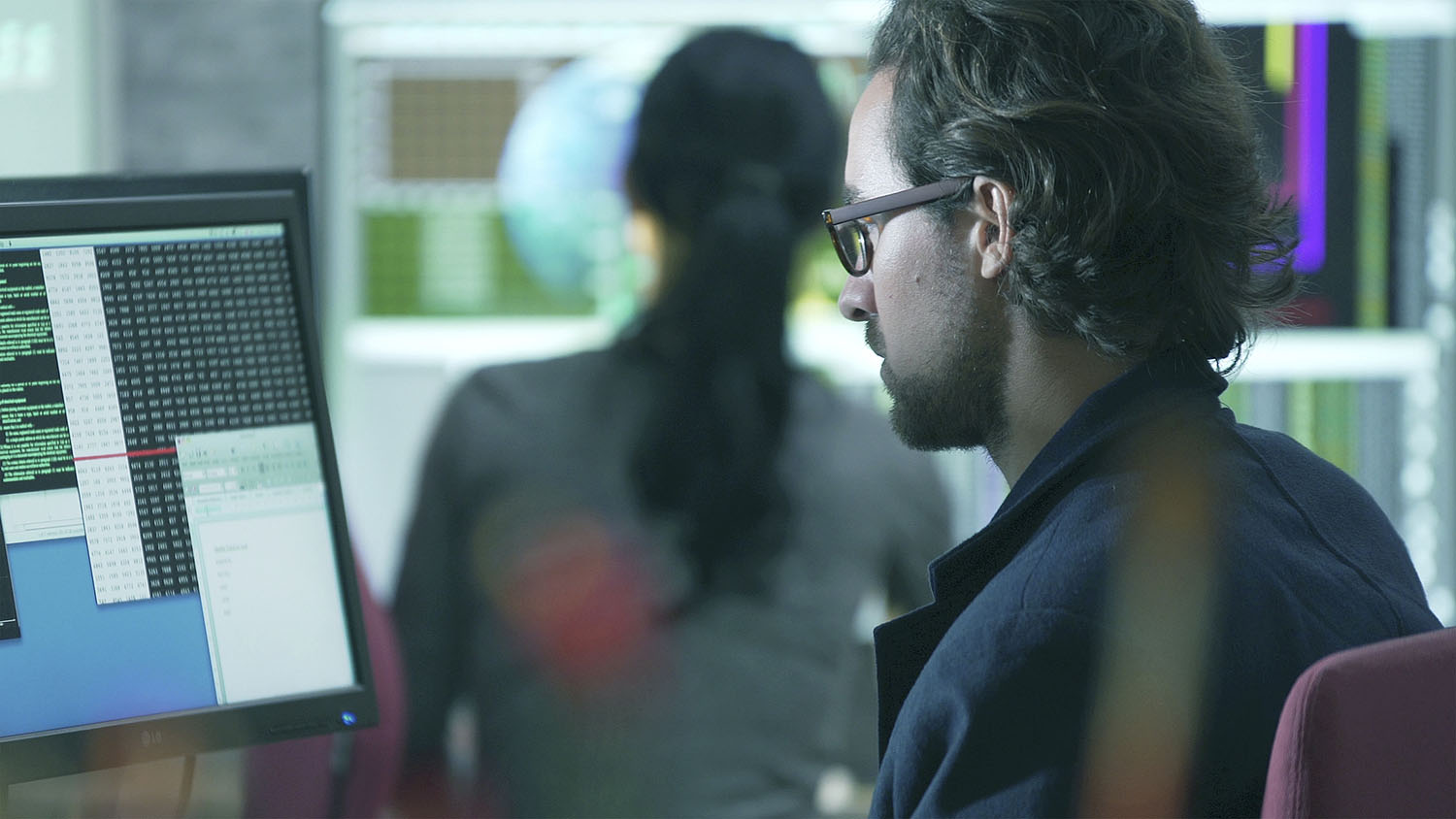Artificial Intelligence (AI) has become an integral part of our modern society and is set to become even more so. It is expected to see an average growth rate of 37.3% per year from 2023 to 2030 and some estimates say that the market, which is worth around US £100bn today will ratchet to nearly two trillion US dollars in 2030. The success of AI stems from its ability to perform day-to-day tasks that previously could not be done with rule-based software.
So what is AI? In a nutshell, it is a group of mathematical techniques that enable human-made devices and software to act as if they have cognitive functioning. One way they do this is by mimicking parts of the human brain through combining vast amounts of human-designed artificial neurons. Each artificial neuron is in fact a very simple formula, but when these artificial neurons are combined in large numbers and trained well, they can perform tasks that could previously only be done by humans.
Burgeoning uses of AI
Mention AI and the average consumer immediately thinks of self-driving cars or robots executing complex tasks flawlessly and autonomously. But AI’s applications are much more widespread than most people realise.
Take healthcare. AI can help doctors identify abnormalities in MRI-scans or tests, which might have previously been missed by the naked eye. Most of us use face recognition to unlock their smart phones – this is powered by AI too. It’s also being used to detect early wear and tear in infrastructure – cracks in bridges, fissures in railway tracks, structural issues with motorways.
These are just a handful examples of AI in use. AI has not only made its mark on our world, but already has more than proven its worth.
And recently, this AI evolution has come to the fore with the release of large language models like ChatGPT and BARD. Engaging in a conversation with a computer now feels almost like interacting with a human. The only limits for AI at the moment are the requirements for computational power and the availability of trained personnel who are able to embed and use these models in organisations.
The downsides
There has been a lot of conjecture about job displacement. For example, McKinsey has estimated that around 400 million workers, 15% of the global workforce could be affected by developments in AI. Then again, the World Economic Forum projects 97 million new jobs will be created. But discontent with AI and its effect on the job market is a concern – take the ongoing writers’ strike in Hollywood.
And AI is still far from perfect as it misses human reasoning to a large extent. For example, one of the pitfalls is that AI occasionally provides inaccurate answers or even factual wrong answers, termed as ‘hallucinations.’ Another challenge is the biases that are included in the answers AI produces. There are also concerns about AI falling into the wrong hands and being misused by so-called ‘bad actors.’
How to manage it
There are measures that are being put in place and as a society we will learn how to govern, manage and work with AI. For example, legislation is being introduced to ensure AI models respect people’s privacy. Ethical training has become part and parcel of the AI landscape. And considerations such as transparency in how AI functions and risk assessments around the accuracy of the information AI provides have become paramount.
It is crucial for us to be vigilant, especially when developing and adopting AI. It’s essential to ensure that processes supported by AI can always be overseen and corrected by humans. For instance, ensuring that there’s always a way for humans to intervene when an AI model misfires.
And in mission-critical systems, where AI has to be flawless, it’s vital to have governance and processes in place where specialists provide independent advice and thorough investigation in case of discrepancies. It is only in this way that we can harness the full potential of this technology.
The importance of implementing well
As with all new technologies, it’s natural that everyone wants to jump on the AI bandwagon. But if businesses throw money at AI without implementing it properly, they risk failure.
Successful implementations need to consider risk assessments to understand the fault tolerance of the AI model. Ethical considerations are vital – ensuring that humans and AI models complement, rather than weaken, each other. People and culture are another important factor – AI can only succeed if the workforce views it as a valuable asset. And relevant deployment is another – only deploy AI where it is relevant and can genuinely add value.
In the digital era we are getting used to life transforming technologies. The internet was one. Smart phones another. And now it’s AI’s time. It’s a brave new world where AI is concerned. And rest assured, how we all live with, work with and use AI is set to change and evolve considerably in the next decade.
Want to learn more? If you would like to learn more, please email [email protected] and we’ll be in touch right away.













